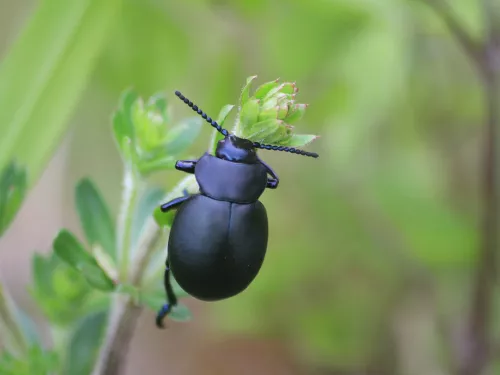
What’s the difference between bugs and beetles?
You’ll often hear the words ‘bug’ and ‘beetle’ used interchangeably – but they actually mean two different things. Let's explore the differences!
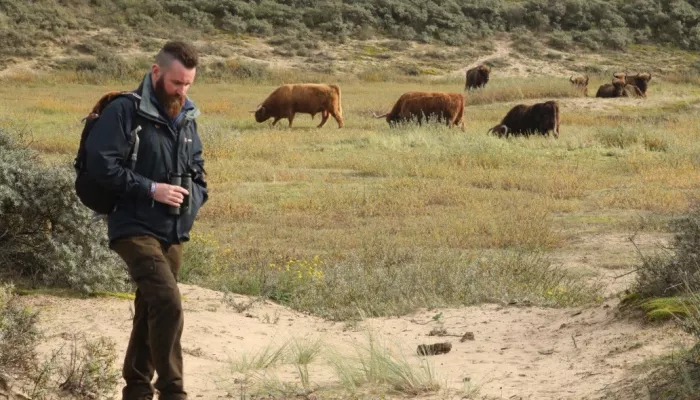
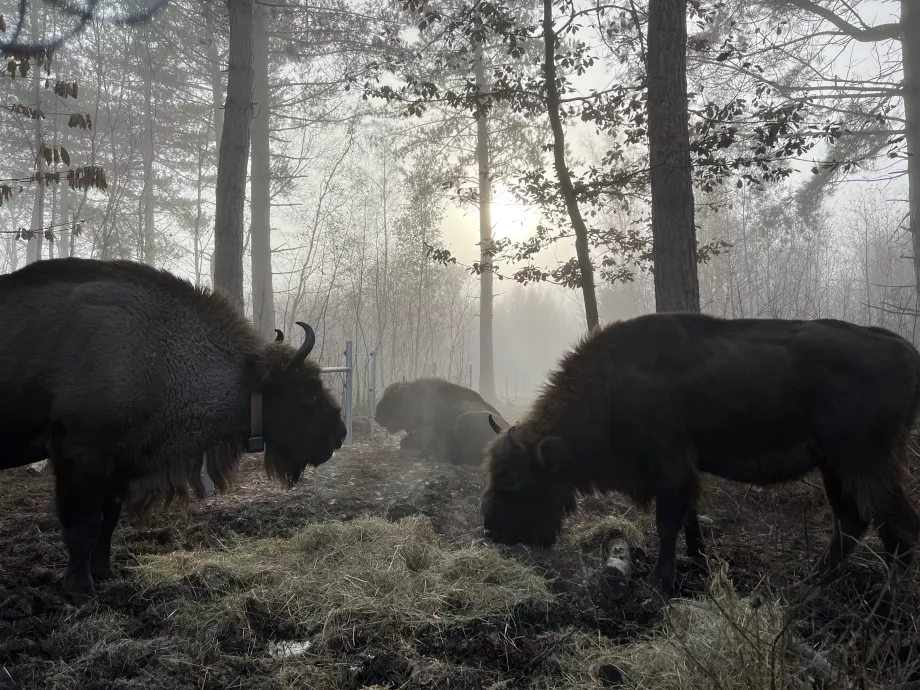
Donovan Wright. Donovan Wright
Inspired by our experience and listening to Dutch practitioners and decision-makers, as well as one another, our ‘Coalition of the Wilding’ has already unearthed two additional requirements for successful UK nature recovery: mitigating fragmentation and reinstating natural processes. Our vision is to create a nationally replicable model, the Local Nature Recovery Network, tailored for Kent, in collaboration with key stakeholders such as National Highways and others. This endeavour brings together all these crucial components, representing a transformative step for British wilding and closing the gap between development and nature conservation.
Learn more about our Local Nature Recovery Strategy here!

You’ll often hear the words ‘bug’ and ‘beetle’ used interchangeably – but they actually mean two different things. Let's explore the differences!
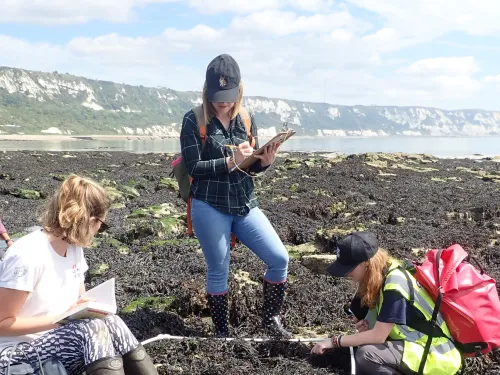
Are you a citizen scientist without realising it?
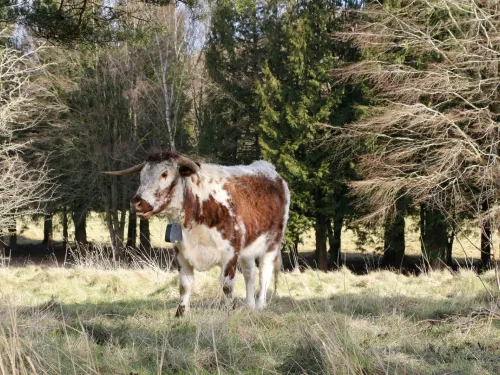
Wilder Grazing Ranger Volunteer Trainee, Ellie Edmondson, explores why grazing animals shed and gain weight throughout the year as part of a natural cycle.